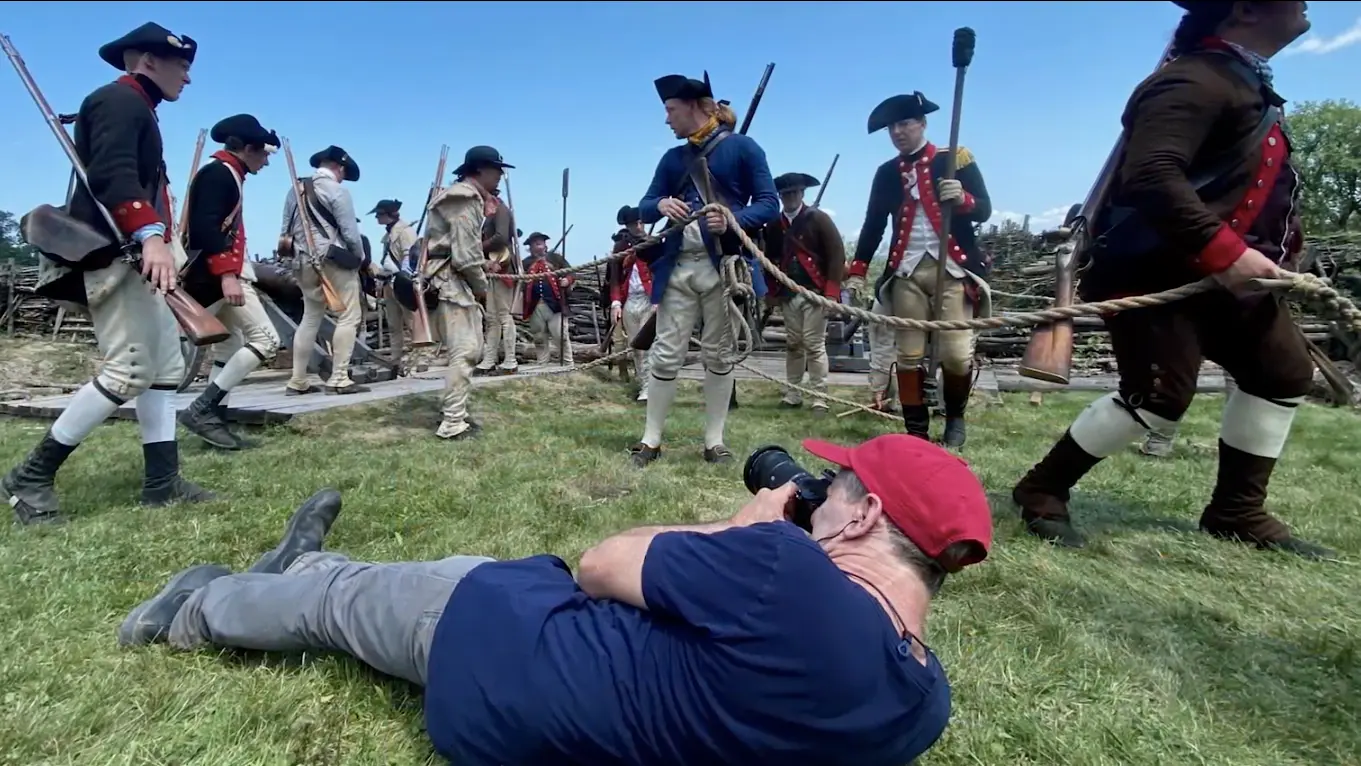The American Revolution premiere ending explained: Why is the Battle of Lexington significant in the revolution?
-

In PBS’s new documentary series, The American Revolution becomes the foundation for an in-depth look at the decades of tension that reshaped the colonies before war erupted. Directed by Ken Burns, Sarah Botstein and David Schmidt, and written by Geoffrey C. Ward, the six-part miniseries uses archival writings, period illustrations, maps, historian interviews and celebrity voice performances to re-create the years that led to armed rebellion.
The premiere covers the timeline from 1754 to 1775, covering key events that began the revolution. The article further breaks down the significance of the premiere’s end in the beginning of the revolution and also provides a recap of the episode.
How the Battle of Lexington ignited the war and reshaped the colonies
According to the premiere episode of the six-part documentary series The American Revolution, the Battle of Lexington was a significant turning point in the fight for freedom, which occurred on April 19, 1775. When British troops moved from Boston toward Concord to seize weapons and arrest rebel leaders, colonial riders spread the alarm throughout Massachusetts. Militia companies gather, uncertain of what will follow. At dawn, a group of militiamen stood on Lexington Green as British soldiers arrived. A single unidentified gunshot sparks a brief but deadly exchange.
Several colonists fall, and the soldiers push on to Concord. The encounter at North Bridge soon reverses the momentum, and the retreat back to Boston exposes British troops to continuous fire from thousands of militiamen. The premiere frames these clashes as the moment when political arguments finally give way to armed confrontation. Nothing remains theoretical after Lexington; the colonies are at war.
The significance of Lexington lies in its irreversible consequences. The fighting convinces many colonists that the Crown intends to crush resistance. Towns surrounding Boston empty out as families flee the possibility of further attacks. Meanwhile, thousands of armed volunteers converge on the city’s outskirts, forming the early structure of a besieging force. The event destroys the last fragile hopes of reconciliation and forces leaders across the colonies to decide whether they will support the rebellion or defend imperial authority.
The premiere episode of the documentary shifts its focus to the political side of things at the end. On May 10, 1775, the Second Continental Congress convened in Philadelphia, where Delegates debated the creation of a unified army to prevent more loss of life and discuss the possibility of independence from British rule. Benjamin Franklin arrives with a deep awareness that the situation has reached a point of no return, however, he doesn’t say much since he knows he is yet to speak to his only son, William Franklin, regarding the whole war.
The episode highlights his personal turmoil as he confronts the divide with his son, who is also the royal governor of New Jersey. William remains loyal to the patriots and opposes any movement toward rebellion. Their conversations, according to the premiere, show genuine attempts by Benjamin to repair the relationship, but he is unable to convince William to join him.
Recap of The American Revolution Episode 1
The premiere episode of The American Revolution begins in 1754, years before the outbreak of the Revolutionary War, with tensions rising in the Ohio River Valley. A young George Washington led a small Virginian force into the Ohio River Valley, where he engaged a French detachment at Jumonville Glen. His act of rebellion triggered the Seven Years’ War, and he also ended up surrendering for the only time in his life at Fort Necessity.
Elsewhere, following the death of his grandfather, George III ascended to the throne on October 25, 1760. Although they were successful in the Seven Years’ War, the British empire suffered heavy financial and personnel loss during the war. Economic strain drove Parliament to pass the Stamp Act in 1765, the first direct tax on printed materials within the colonies.
Protests surge across coastal cities, forcing the act into practical collapse until its repeal in 1766. Relief is short-lived: the Townshend Acts of 1767 impose new duties on everyday goods, prompting widespread boycotts led by merchants, farmers and women who take on public political roles in the homespun movement.
British troops arrive in Boston in 1768, heightening tensions that culminate in the Boston Massacre on March 5, 1770. Five civilians die, and the event becomes a powerful symbol in the hands of colonial printers. The episode also highlights the significance of Committees of Correspondence among the colonies, and Phillis Wheatley’s striking commentary on freedom that exposed the contradictions of slavery in a society demanding liberty.
In 1773, the Tea Act granted the East India Company a monopoly, enraging merchants and activists. The response is swift: the Boston Tea Party destroys more than forty tons of tea. Britain retaliates with the Coercive Acts of 1774, which close Boston’s port and dissolve Massachusetts’ self-government. The colonies answered through the First Continental Congress, convening in late 1774 to coordinate a unified response and adopt a renewed boycott.
The episode ends with the march on Lexington and Concord, which marked the first colonial bloodshed, and the convening of the Second Continental Congress. As Franklin arrives and families split over loyalty, The American Revolution premiere indicates that it was time for the colonized people to pick a side. Either stay loyal to the British rule or become a part of the rebellion.
TOPICS: The American Revolution